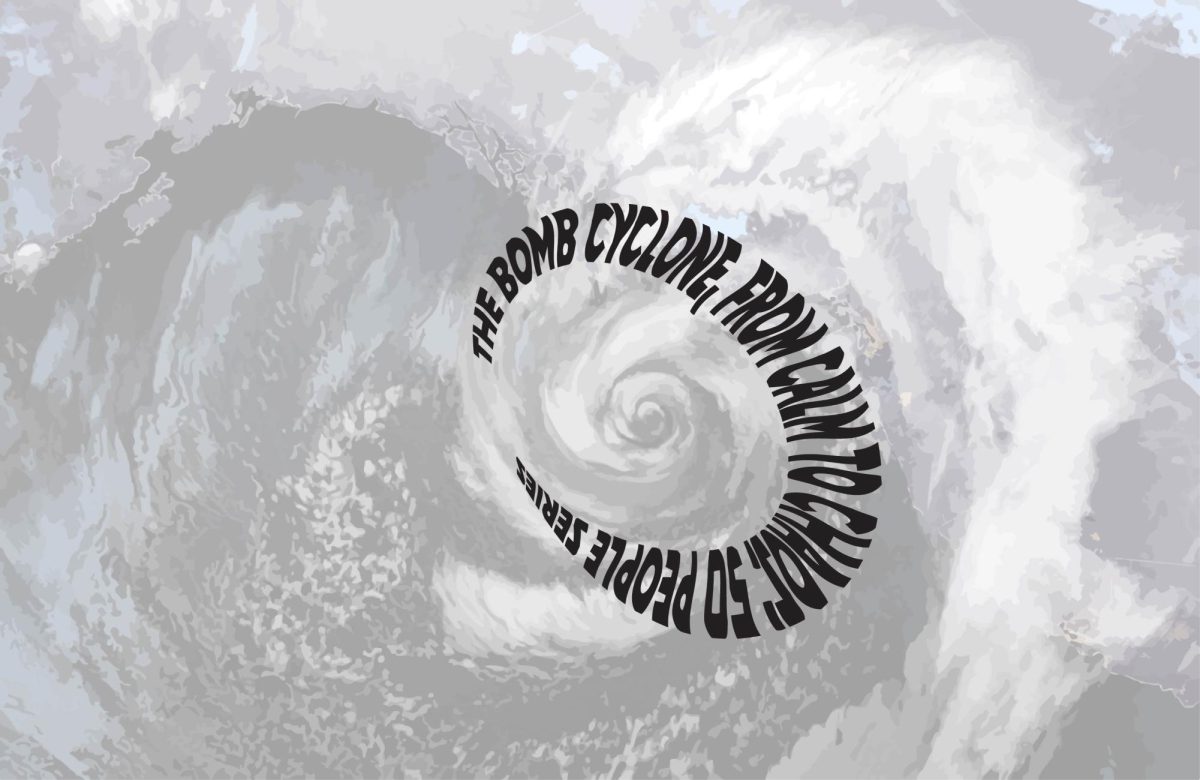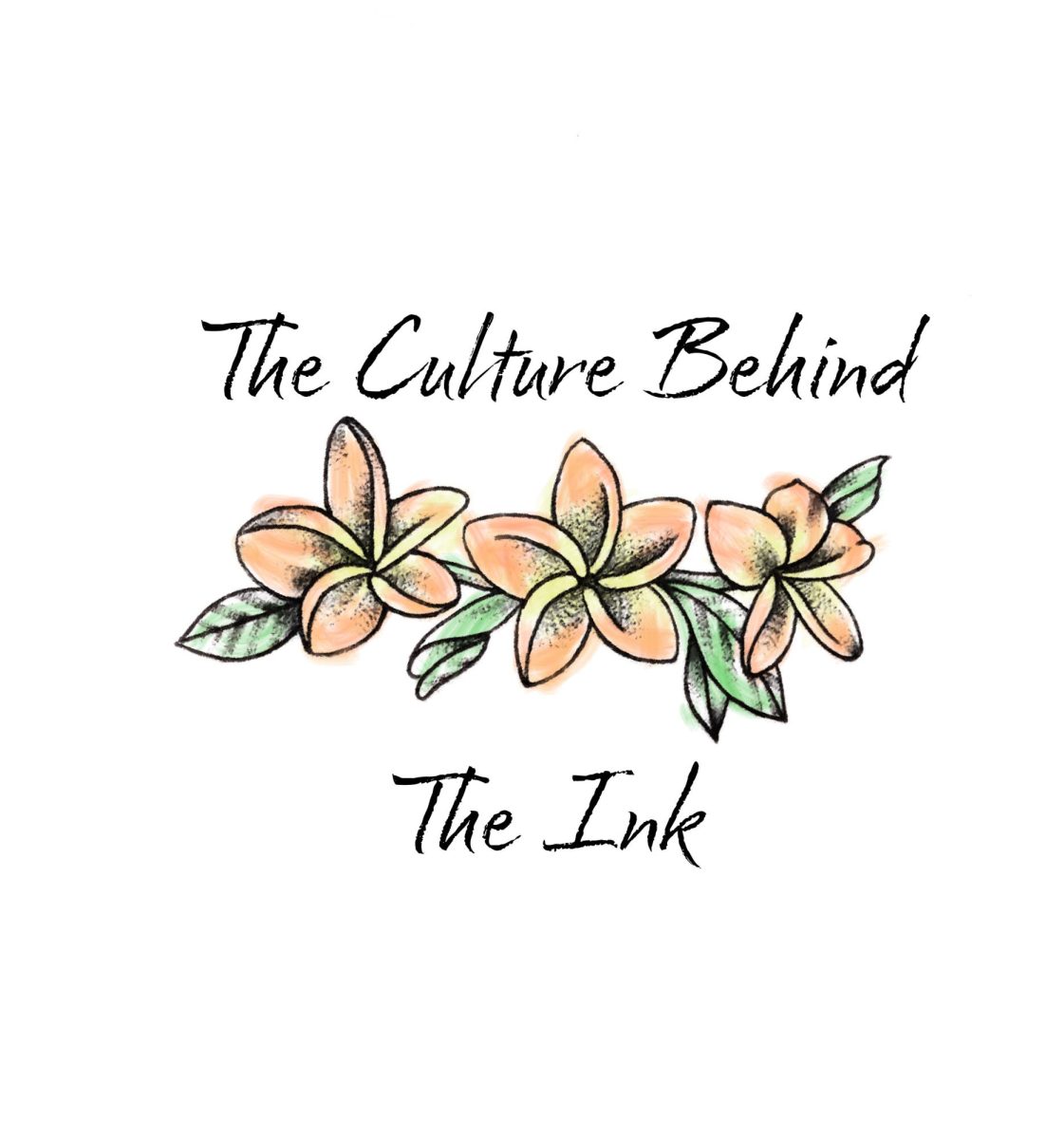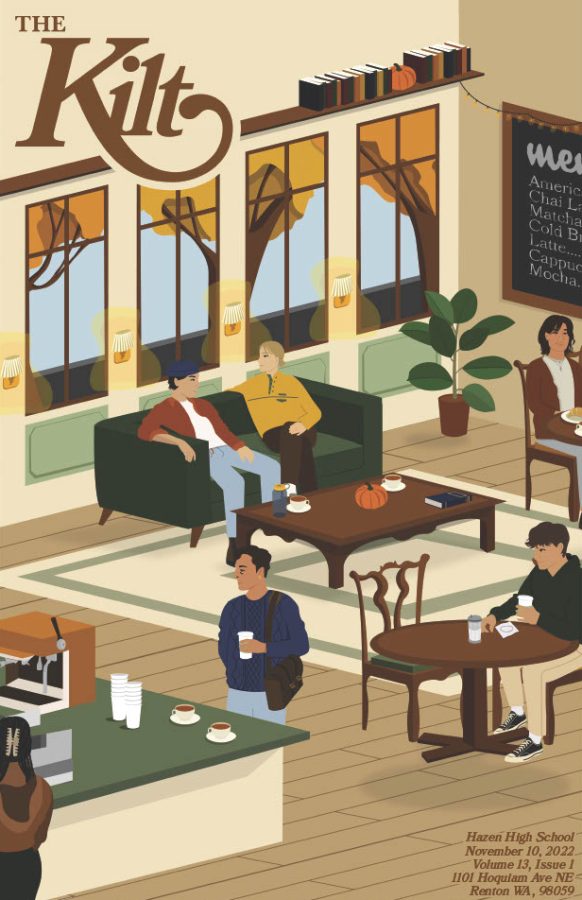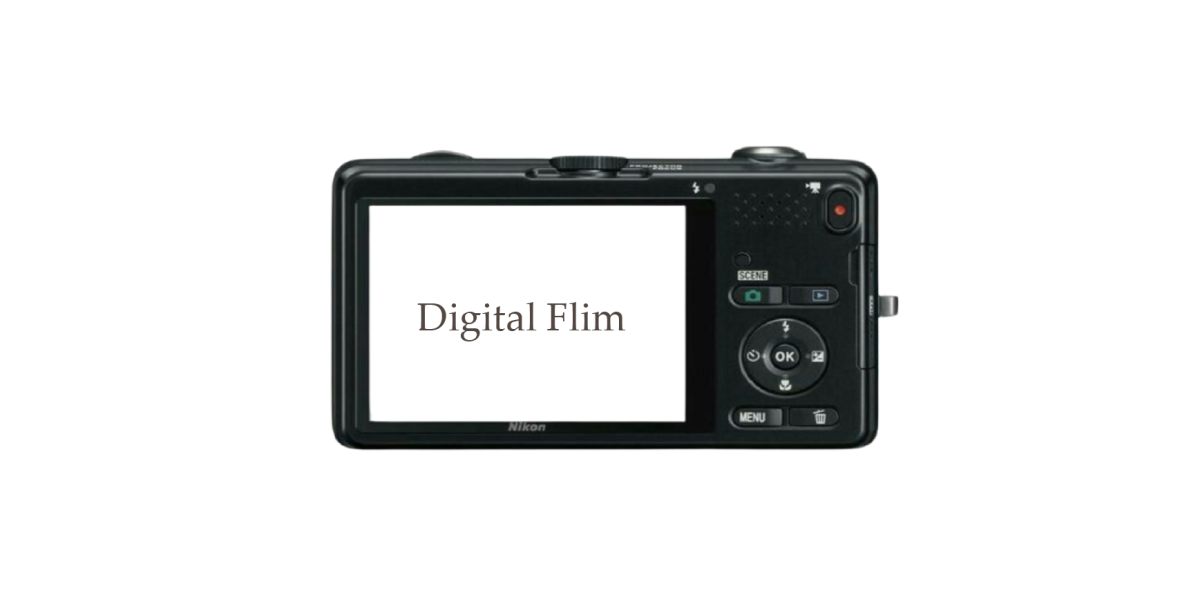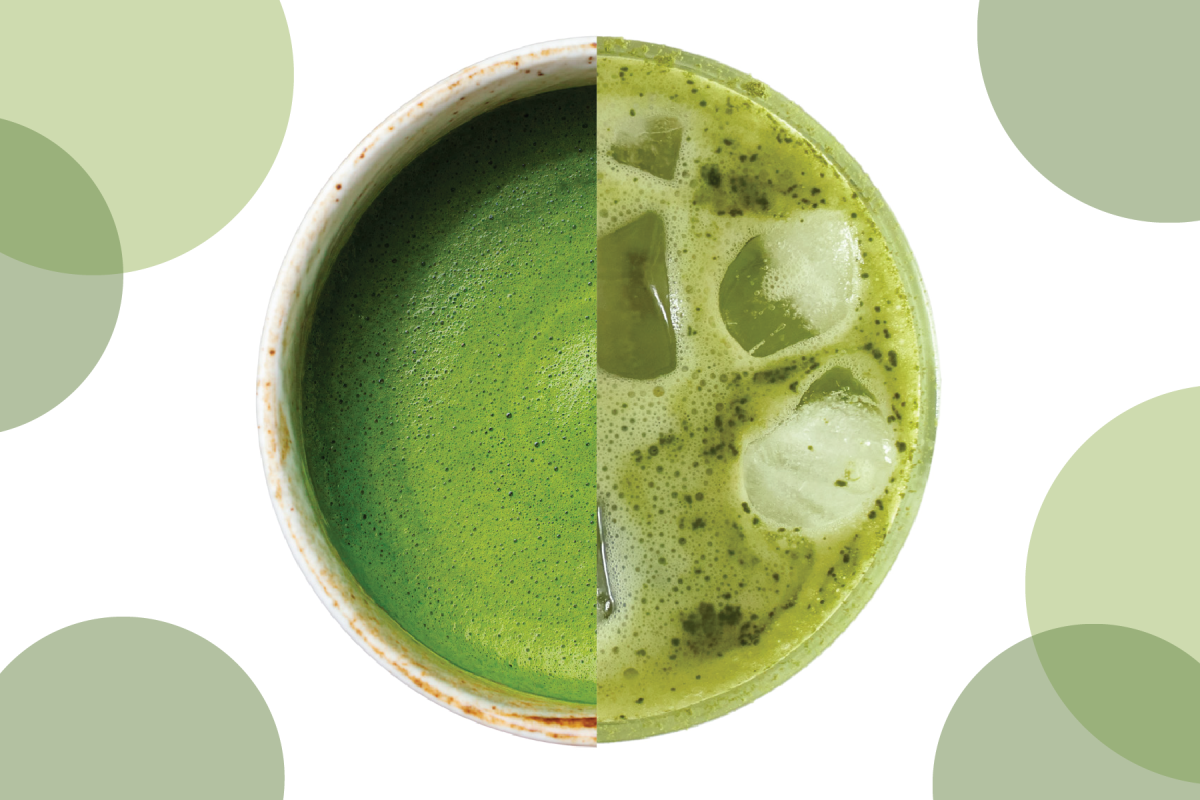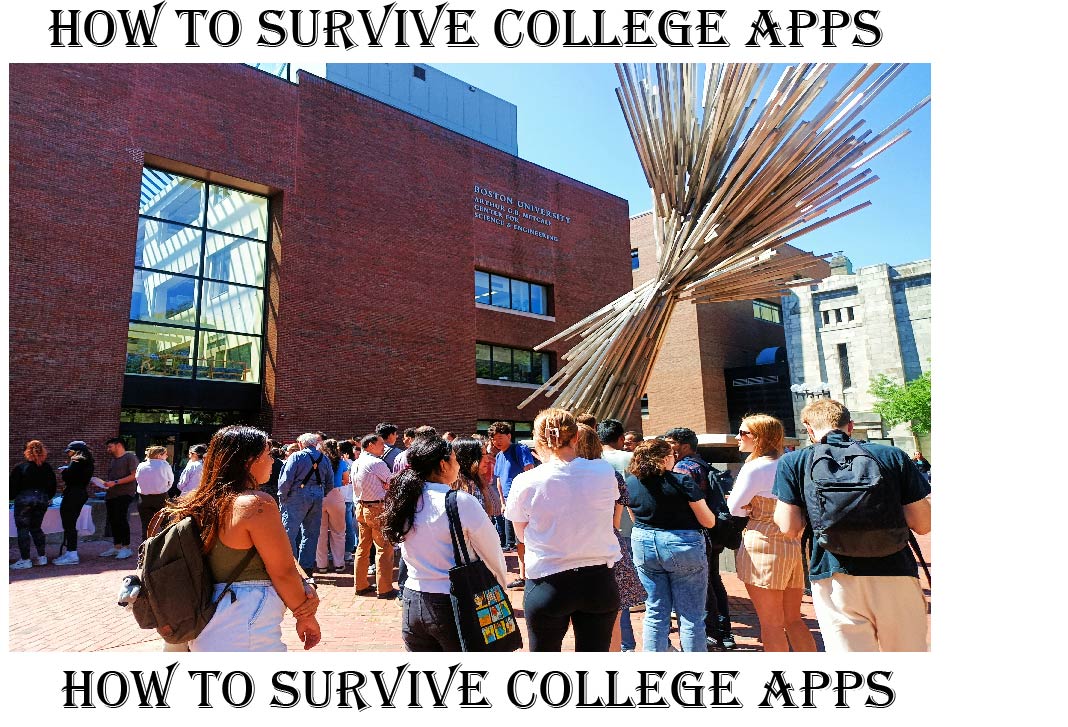Click. The sound of the camera shutter opening and closing feels increasingly uncommon to hear in the modern age of smartphones. However, there is a resurgence of film, digital, and disposable cameras with Generation Z (Gen Z). Captivated by the retro aesthetic, appreciation for film photography and physical media is growing.
Aesthetic Appeal:
Photos developed from film and disposable cameras produce natural grain, soft focus, and intense and variable colors. Each photo has special qualities like colorful light leaks, blurs, high or low exposures, and imperfections. In a world hung up on erasing imperfections, film photography is a place where these qualities are sought out and desired. There are no tools to erase blemishes or distort objects in printed films, leaving only a raw, authentic image.
Having 24 to 36 exposures per camera, you are forced to slow down. Film must be intentional, as it takes time to focus on the subject, play with the composition, and adjust the lighting. This can also be applied to digital cameras, where ISO, shutter speed, aperture, etc., can be tweaked to capture a moment in various ways. This is a huge contrast to smartphones, where hundreds of photos can be taken rapidly with the reassurance that you can go back to edit and sort through each frame. Film allows people to rediscover the importance and joy of the process in addition to the product.
Craving the authentic look of film, but not wanting the financial commitment of owning a film camera, many are purchasing disposable cameras that provide the same nostalgic look. Rather than hiring an expensive wedding photographer, some couples have opted to leave disposable cameras at each guest table. Later, they compile these photos full of candid shots and various perspectives from the wedding, creating a fun and interactive keepsake that preserves their special day.
This overall aesthetic is particularly appealing to Gen Z, as film photography serves as an intriguing hobby and distraction from the hyper-digital world. There is an increase in the number of teens who carry around instant Polaroid cameras and small pocket-sized digital cameras. As these Polaroids take a few minutes to fully develop, they delay instant gratification in a way that makes these images more meaningful. Similar to film, depending on the digital camera, they provide unique levels of grain and color renderings, alluring to Gen Z.
Gen Z creatively stores and displays their photos by keeping Polaroids in their phone cases, creating wall collages, scrapbooks, stringing them up with fairy lights, and gifting them in handmade cards.
In an age where memories attached to photos are buried in our smartphones, tangible memorabilia is increasingly rare to come across. One of many explanations for why film photography is making a comeback is the importance of physical memories. Whether Polaroids or film photos are hung up on walls, pinned to a corkboard, or stored safely in a photo album, they are constant reminders of memories.
Where to start:
Disposable cameras are the cheapest and easiest option when it comes to experimenting with film. The most popular brands include Fujifilm and Kodak, sold at Target, Walgreens, Walmart, and other local stores. Once the roll is finished, the camera can be dropped off at locations such as CVS and Walmart, where the film will be processed, and the negatives, prints, and even digital scans will be sent directly to you.
Compact digital cameras are commonly purchased second-hand at local thrift stores, Etsy, eBay, and Depop. The Canon PowerShot and Sony Cyber-Shot are great beginner-friendly cameras that are also budget-friendly.
Most film cameras are now bought second-hand as fewer companies are producing new cameras. Although there are still some new cameras, they lean on the pricier side and are mostly bought by professional photographers. Film cameras can also be bought from several online dealers. It is crucial to read the description of the cameras to ensure all the features are in functioning order, free of fungus, and have minimal to no scratches and dust on the lens. Plenty of research is key to choosing the right film. Black and white or color, grainy or clear, preferred color tones, and shooting indoors or outdoors (ISO) are all options that must be considered. Additionally, it is key to research what films are accepted by pharmacies, as not all locations can develop every type of film.
In an era of digital convenience, film offers a refreshing sense of authenticity and appreciation for the process of photography. Gen Z’s interest in this retro style of photographs promotes the importance of physical media and tangible memories. With a bit of research and passion, anyone can get into digital and film photography to capture the world from their unique perspective.













